Aoran Shen
Leveraging Semi-Supervised Learning to Enhance Data Mining for Image Classification under Limited Labeled Data
Nov 27, 2024



Abstract:In the 21st-century information age, with the development of big data technology, effectively extracting valuable information from massive data has become a key issue. Traditional data mining methods are inadequate when faced with large-scale, high-dimensional and complex data. Especially when labeled data is scarce, their performance is greatly limited. This study optimizes data mining algorithms by introducing semi-supervised learning methods, aiming to improve the algorithm's ability to utilize unlabeled data, thereby achieving more accurate data analysis and pattern recognition under limited labeled data conditions. Specifically, we adopt a self-training method and combine it with a convolutional neural network (CNN) for image feature extraction and classification, and continuously improve the model prediction performance through an iterative process. The experimental results demonstrate that the proposed method significantly outperforms traditional machine learning techniques such as Support Vector Machine (SVM), XGBoost, and Multi-Layer Perceptron (MLP) on the CIFAR-10 image classification dataset. Notable improvements were observed in key performance metrics, including accuracy, recall, and F1 score. Furthermore, the robustness and noise-resistance capabilities of the semi-supervised CNN model were validated through experiments under varying noise levels, confirming its practical applicability in real-world scenarios.
Enhancing Few-Shot Learning with Integrated Data and GAN Model Approaches
Nov 25, 2024Abstract:This paper presents an innovative approach to enhancing few-shot learning by integrating data augmentation with model fine-tuning in a framework designed to tackle the challenges posed by small-sample data. Recognizing the critical limitations of traditional machine learning models that require large datasets-especially in fields such as drug discovery, target recognition, and malicious traffic detection-this study proposes a novel strategy that leverages Generative Adversarial Networks (GANs) and advanced optimization techniques to improve model performance with limited data. Specifically, the paper addresses the noise and bias issues introduced by data augmentation methods, contrasting them with model-based approaches, such as fine-tuning and metric learning, which rely heavily on related datasets. By combining Markov Chain Monte Carlo (MCMC) sampling and discriminative model ensemble strategies within a GAN framework, the proposed model adjusts generative and discriminative distributions to simulate a broader range of relevant data. Furthermore, it employs MHLoss and a reparameterized GAN ensemble to enhance stability and accelerate convergence, ultimately leading to improved classification performance on small-sample images and structured datasets. Results confirm that the MhERGAN algorithm developed in this research is highly effective for few-shot learning, offering a practical solution that bridges data scarcity with high-performing model adaptability and generalization.
Adversarial Neural Networks in Medical Imaging Advancements and Challenges in Semantic Segmentation
Oct 17, 2024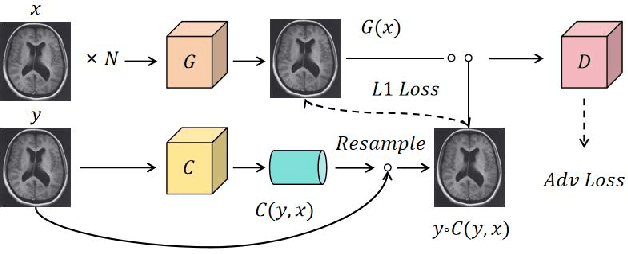
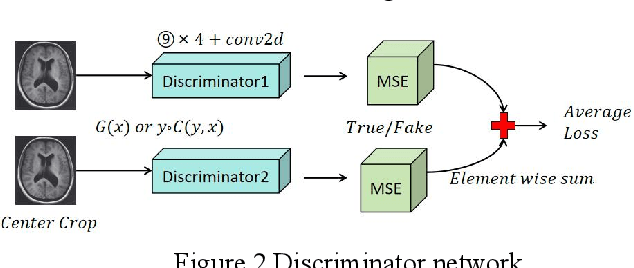
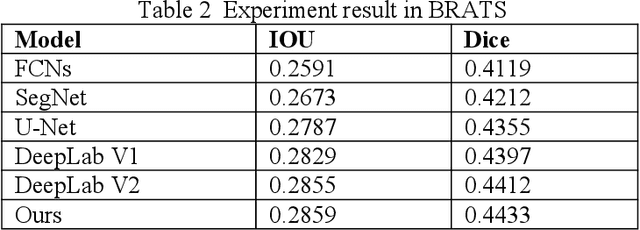
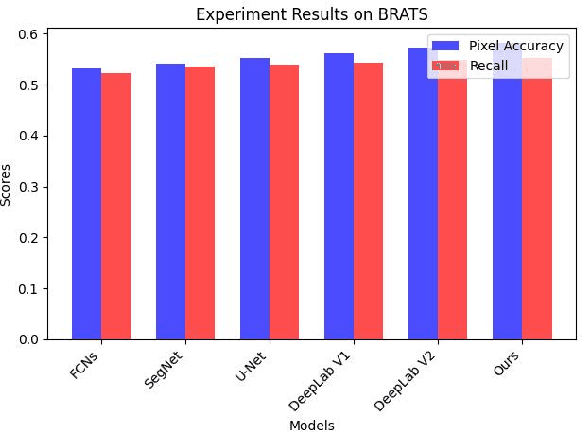
Abstract:Recent advancements in artificial intelligence (AI) have precipitated a paradigm shift in medical imaging, particularly revolutionizing the domain of brain imaging. This paper systematically investigates the integration of deep learning -- a principal branch of AI -- into the semantic segmentation of brain images. Semantic segmentation serves as an indispensable technique for the delineation of discrete anatomical structures and the identification of pathological markers, essential for the diagnosis of complex neurological disorders. Historically, the reliance on manual interpretation by radiologists, while noteworthy for its accuracy, is plagued by inherent subjectivity and inter-observer variability. This limitation becomes more pronounced with the exponential increase in imaging data, which traditional methods struggle to process efficiently and effectively. In response to these challenges, this study introduces the application of adversarial neural networks, a novel AI approach that not only automates but also refines the semantic segmentation process. By leveraging these advanced neural networks, our approach enhances the precision of diagnostic outputs, reducing human error and increasing the throughput of imaging data analysis. The paper provides a detailed discussion on how adversarial neural networks facilitate a more robust, objective, and scalable solution, thereby significantly improving diagnostic accuracies in neurological evaluations. This exploration highlights the transformative impact of AI on medical imaging, setting a new benchmark for future research and clinical practice in neurology.
Optimizing YOLOv5s Object Detection through Knowledge Distillation algorithm
Oct 16, 2024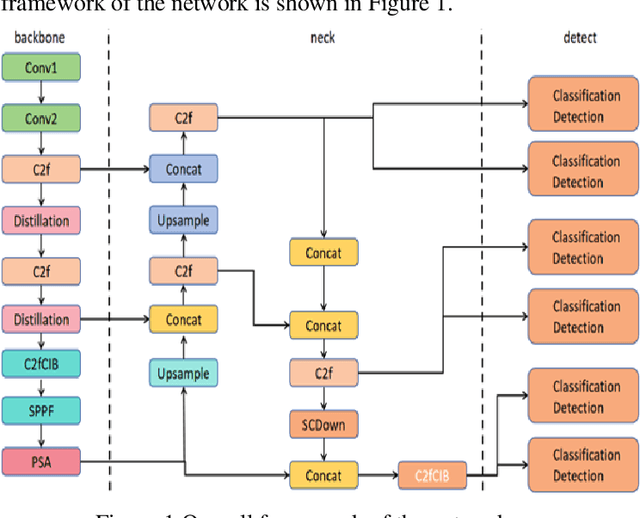
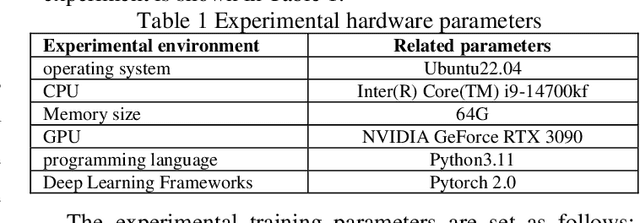
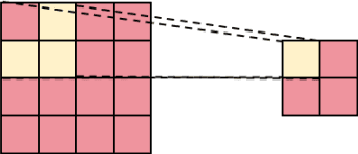

Abstract:This paper explores the application of knowledge distillation technology in target detection tasks, especially the impact of different distillation temperatures on the performance of student models. By using YOLOv5l as the teacher network and a smaller YOLOv5s as the student network, we found that with the increase of distillation temperature, the student's detection accuracy gradually improved, and finally achieved mAP50 and mAP50-95 indicators that were better than the original YOLOv5s model at a specific temperature. Experimental results show that appropriate knowledge distillation strategies can not only improve the accuracy of the model but also help improve the reliability and stability of the model in practical applications. This paper also records in detail the accuracy curve and loss function descent curve during the model training process and shows that the model converges to a stable state after 150 training cycles. These findings provide a theoretical basis and technical reference for further optimizing target detection algorithms.
 Add to Chrome
Add to Chrome Add to Firefox
Add to Firefox Add to Edge
Add to Edge